7 Days is a weekly roundup of the Editors' picks of what's been happening in the world of technology - written with a dash of humor, a hint of exasperation, and an endless supply of (Irish) coffee.

Here we are at the end of yet another busy week, filled with long-awaited reveals, hints of things to come, and some rather unfortunate happenings. One need not worry, as 7 Days is on hand to offer you a reasonably consistent digest of what’s been going on. Let’s dive right in, shall we?

We begin our hike through the mountains of tech news with an update to the built-in Windows 10 Maps app, which can now help you navigate better, and supports more complex routes. In case you have some favourite spots, you can even create tailor-made lists dubbed “Collections” for specific types of locations.

A location many people have probably had pinned on their maps app is the city of Seattle, Washington, where Microsoft held this year’s Build conference. The event was filled with numerous points of interest, one of which was the long-rumored Cortana-powered ‘Invoke’ smart speaker, made in partnership with Harman Kardon and officially announced a mere two days before the conference kicked off.

Since a smart speaker isn’t all that smart without something to tell it what to do, Microsoft has also announced that the Cortana Skills Kit is now in public preview. This essentially allows developers to write third-party “skills” for the digital assistant via “creating a bot and publishing it to the new Cortana channel of the Bot Framework.” While the resulting skills will be available everywhere Cortana is, she seems a little travel weary at the moment, so skills are a no-go for folks outside the US.
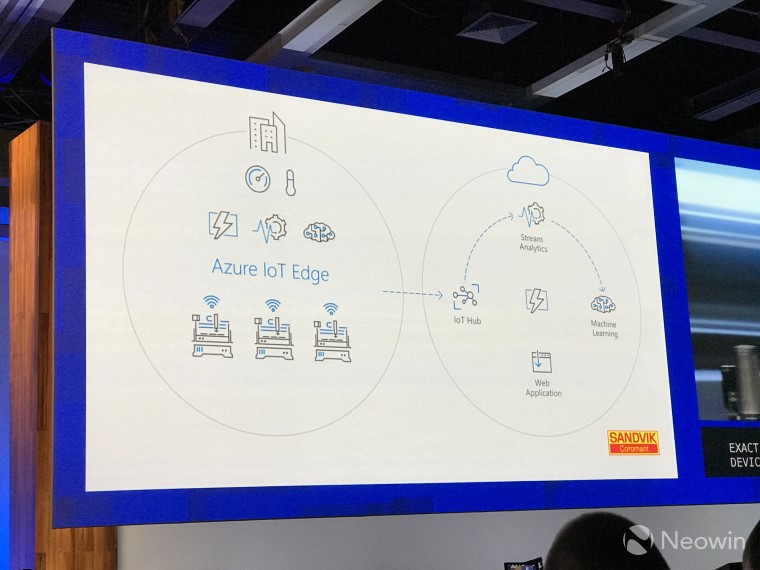
Speaking of skills, bots, and other such things, Microsoft showed off its new Azure IoT Edge platform at Build, which is a runtime available for both Windows and Linux, and runs on devices smaller than the Raspberry Pi. Edge devices are the ones that usually send telemetry data to an IoT hub, and get sent back analytics. Luckily for the tiny things, Azure can now handle this process.

If you’re a big fan of using Azure on your PC, you’ll probably be an even bigger fan of the app Microsoft is releasing for iOS and Android. Folks waiting for the UWP counterpart have to muster up some more patience, as that will arrive sometime in the future.
_story.jpg)
While you wait, you’ll be able to play around with the recently announced Azure Cloud Shell, which now brings support for Bash to the Azure Portal. However, since Cloud Shell comes pre-configured for the logged in session, you can get to work right away.
_story.jpg)
Then again, perhaps it’s not apps you want, but what’s keeping them going, which is why the added support for both MySQL and PostgreSQL should make you quite happy. If those are not enough for your needs, the new multi-model, globally distributed Cosmos DB database service should scale to accommodate even the largest collection of cat pictures.

But really, what use is something like Cosmos DB without some insight into how it could be used? Building on the existing capabilities, the Microsoft Graph – a platform which connects multiple services and devices – picked up a series of new APIs, including the SharePoint, OneNote, and Planner data APIs. Soon enough, a preview of a few Insight APIs will also kick off.
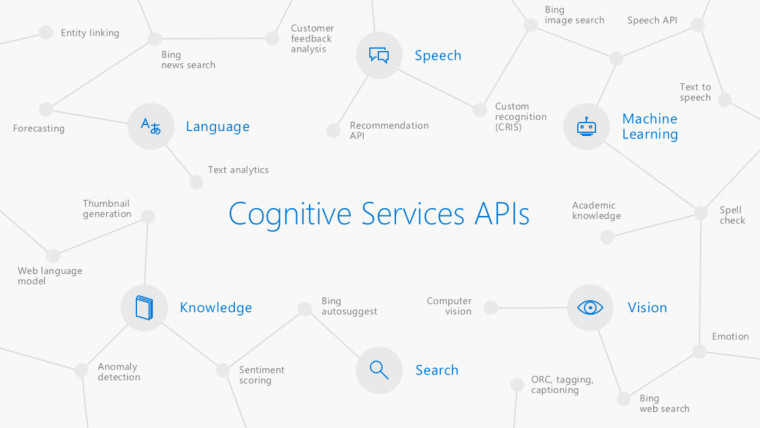
There are more things to play around with besides the APIs mentioned above, as the Redmond giant’s Cognitive Services capabilities were extended with Video Indexer and Presentation Translator. The former is a web app geared towards folks with large video libraries, specifically handling of metadata, and video transcribing. The latter, as you probably have already guessed allows you to translate presentations, as it is an add-in for PowerPoint. Speech-to-text translation is supported in about 10 languages, with 50 more added once translation occurs on a text-to-text basis. Bing Custom Search, Custom Vision Service, and Custom Decision Service are also part of the announcement, with anyone willing to try them being able to do so.

Rest assured, your interest in these AI abilities is not singular since over 130,000 developers have signed up to leverage the Bot Framework, making use of all of its associated services.

Microsoft has opened up its chat-based workspace platform, Microsoft Teams, to all developers, so they can publish their Teams apps through the Office Store. In essence, the devs can create add-ons which work within Teams, thus extending the service's capabilities.

Yet another important announcement from Build was the general availability of Visual Studio for Mac. The IDE had gone through a number of previews since its announcement in November last year, so the GA version had been eagerly anticipated.

Speaking of general availability and added functionality, Secure Storage Encryption for Azure File Storage has gone gold, while Azure SQL Database has been strengthened with transparent geographic failover of database groups.

Folks in the enterprise have also had another reason to rejoice this week, with the announcement that Windows Server would be joining the Insider Program starting “this summer”. Eager Insiders will be able to test out improvements based on containerized solutions.

Windows Insiders on the Fast ring got another taste of the upcoming Windows 10 major update, Redstone 3. Build 16193 brought a “flagship” app called Story Remix – which is an evolution of the Photos app - , improvements to Power Throttling, as well as individual volume control for UWP apps. Shortly after pushing the build out, ISO images were also made available.
The very same day, build 16190 of the SDK Insider Preview and build 15209 of the Mobile Emulator also went live.

Windows 10 Mobile Insiders on the Fast Ring also got some new things to play with, as Microsoft pushed out build 15213, which brought a fair few fixes. Most importantly, issues with Battery Saver, Edge, and Connected Standby which caused battery drain, were addressed, along with many others.

Switching over to the regular OS, support for Windows 10’s original version, 1507, released on July 29, 2015, has officially ended. It received a final batch of updates on Tuesday, along with the November (1511), Anniversary (1607), and Creators (1703) updates of the OS with their respective improvements.

Another bit of news surrounding Windows 10, this time a little more positive, is that the OS is now installed on 500 million monthly active devices.

Following in the footsteps of the Creators Update released on April 11, Microsoft announced at Build the official name of Redstone 3 – which is coming in September. Dubbed the Fall Creators Update, it will be the fourth major feature drop for Windows 10, bringing a revamped UI design, as well as continuity improvements between devices, as well as one long-requested feature.

Indeed, for those eagerly awaiting the return of the OneDrive placeholders originally available in Windows 8.1, but then removed in Windows 10, there’s good news. The feature will return as part of the Fall Creators Update under the name Files On-Demand.

As mentioned previously, a UI design revamp will be part of the Fall Creators Update. Previously known as Project NEON, it has now been stamped with its official name, the Microsoft Fluent Design System. In a sort of combination between Windows 7’s Aero and Windows 8 / 8.1 Metro (or Modern) design languages, MFDS makes heavy use of a subtle “frosted glass look” and nice interplay between light and darkness. Although the first iteration will arrive in the Fall Creators Update, MFDS is slated to be an ever-evolving design, which will roll out in waves. These waves will generally arrive with new feature updates of Windows 10.

Beyond what we’ve already seen, Edge is also receiving the Fluent revamp, with Microsoft illustrating not only the looks of the browser, but also the priorities for subsequent versions. Expect new APIs/improvements in the next few months, along with better performance, security, and web standards and tools.
And while we’re on the subject of Edge, there was a rumor circulating that the Redmond giant would uncouple the built-in browser’s updates from Windows 10, but the firm stated this week that it currently had no plans of doing so. However, it also continued by affirming “never say never”, which at least leaves this possibility open.

Since we touched on possibilities, it is in fact possible for you as a consumer to now pre-order Mixed Reality headsets from Acer and HP, for $299 and $329, respectively. Come holiday season, Acer will also reportedly have a bundle with its Mixed Reality Headset plus motion controllers, priced at $399.
The one potential drawback of these solutions is that neither of their dev kits are going to work all that well with quite a few “VR-Ready” PCs. If your rig isn’t quite beefy enough, there’s always the possibility to spring for a Cray supercomputer.

If that might just be a little too rich for your blood, either get a couple bitcoins, or rest assured, Microsoft is apparently working on a ‘massively social’ VR MMO game for PCs and consoles.
_story.jpg)
On the gaming front, Battlefield 1 developer DICE stated there would be new expansion info arriving at EA Play 2017, and Quake Champions kicked off a 9-day ‘Tech Test’, where everyone interested to try out the game is invited to register. In further good news, Platinum Games-developed Vanquish showed up for pre-order on Steam, while Minecraft made its way to the Nintendo Switch.
In less than fortunate news, Alan Wake will be pulled from retail and online stores on May 15 following an expiring music license, and Square Enix chose the O in IO Interactive and put the Hitman developer up for sale.
But hey, if your favourite game franchise isn’t in mortal jeopardy, and you happen to own an Xbox One, come holiday 2017, you can get a LucidSound LS35X wireless headset. Pricing hasn’t been revealed just yet, though.
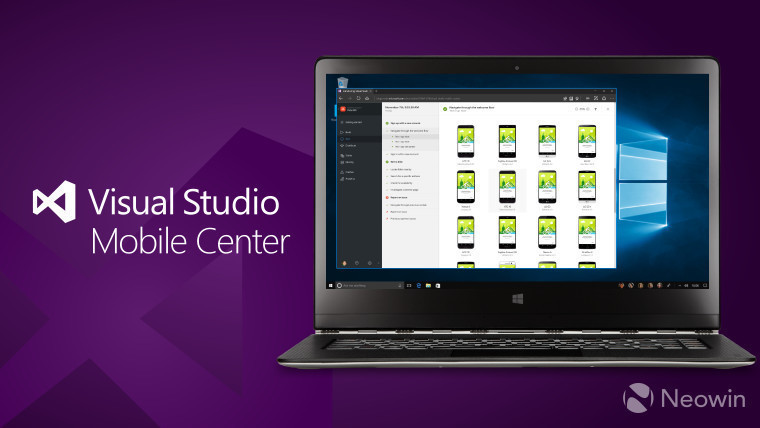
What has been revealed, via Build, is a set of improvements coming to Visual Studio Mobile Center, a service which was announced back in November. The new update brings changes mainly geared towards those on Windows.

Another member of the Visual Studio family was also in the news this week, as the PowerShell plug-in for the cross-platform source code editor, Visual Studio Code, reached version 1.0, bringing a slew of fixes.
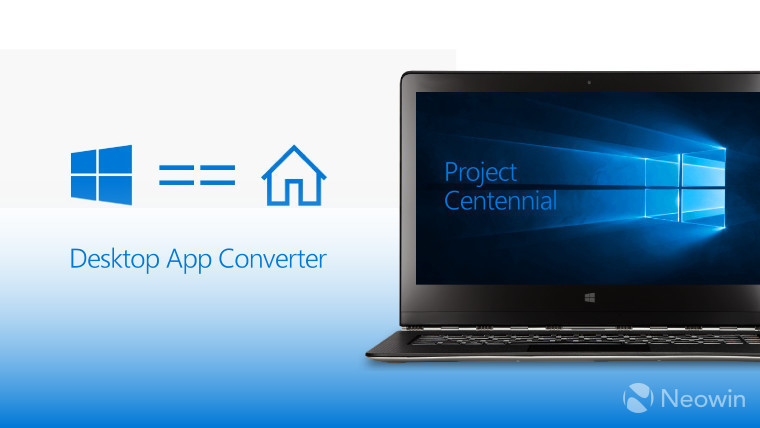
Regardless of the number of updates an IDE receives, the real proof is in the pudding as they say, and it’s frankly quite interesting that almost 1,000 desktop apps are already in the Store. We’re not just talking small programs, but big apps like those developed by Autodesk and SAP, and quite surprisingly, even iTunes is headed for the Windows Store. Perhaps most intriguing of all, Windows 10 users will only be able to get Office via the Store going forward.
On a related note, the Redmond giant also revealed (separately from Build) that Windows App Studio was to become Windows Template Studio. Despite tweeting confidently about it, mere moments after the post went up on the Windows Blog, it was taken down.
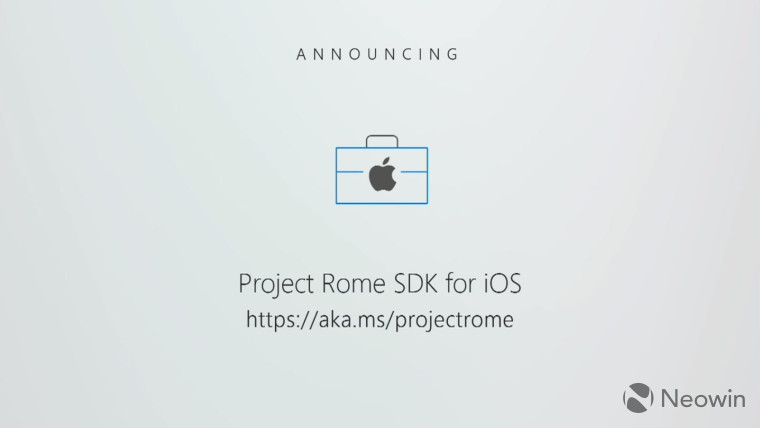
Not leaving the development side of things just yet, Microsoft announced at Build, among other things, that the Project Rome SDK would now be available for iOS. This is yet another step towards blurring the line between service and operating system.

The lines blurred even further, as Microsoft demoed Windows 10 running on ARM. The way in which emulation is handled means that you will not only be able to install and run x86 apps packaged through the Desktop Bridge and downloaded from the Store, but also x86 applications you simply download from the internet.

To keep up with the software, the hardware mustn’t stand still, as Qualcomm proved this week by unveiling its latest 14nm 630 and 660 mobile platforms, which boast enhanced photo capabilities and increased performance.
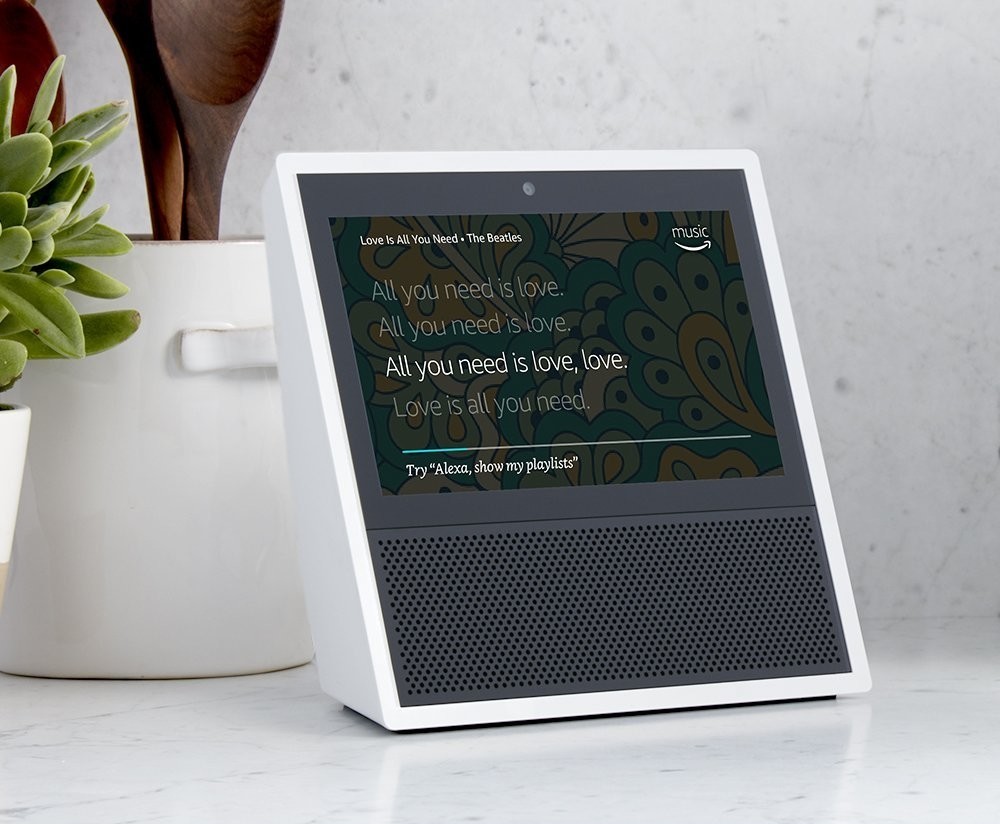
Qualcomm’s lineup wasn’t the only one that grew this week, as Amazon unveiled its touchscreen-touting Echo Show. With a 7-inch touchscreen, Dolby-powered speakers, eight hidden microphones, and a camera at the top, the device is available for pre-order for $229.99 in the US. The first shipments are expected to start by June 28.
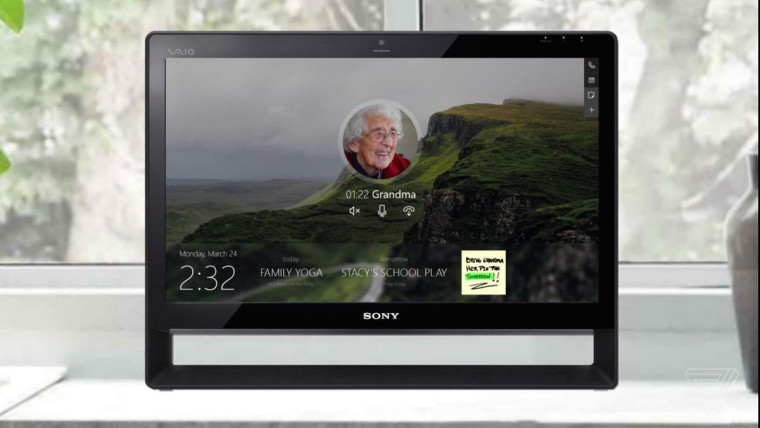
Just as Amazon was launching the Echo Show, some more information about Microsoft’s response, HomeHub, surfaced. Unlike the Echo line or Google Home, the Redmond giant’s implementation goes beyond mere smart home functions like voice control through Cortana, or support for Hue, Nest, Wink, and other such devices. Microsoft envisions this as a family-friendly solution, featuring an always-on shared home screen with calendar appointments, to do lists, and so on. In essence, a sort of notice board. HomeHub is expected to launch with the Fall Creators Update.

Speaking of fall, a ‘crazy bad’ vulnerability in Windows fell through the cracks and onto Twitter, where Google Project Zero researcher Tavis Ormandy called it “the worst Windows remote code exec in recent memory”. Luckily however, the flaw – which was identified in Microsoft’s Malware Protection Engine – got patched in a remarkably short amount of time.

Security in the digital world is very important. That said, attackers take it as a challenge, rather than a right which should be respected. This results in the creation of ransomware like Jaff, which will decrypt your files for a meager 2 bitcoins – or $3,600. Things can degenerate quickly, as was the case with the Wanna ransomware, which affected over 70 countries and was possibly derived from the NSA tech stolen and released by hacker group Shadow Brokers back in April.
Not so much due to malintent but rather incompetence, things like finding a keylogger in the audio driver which ships with quite a few HP laptops can also happen. HP is thankfully rolling out a fix.
But that’s unfortunately not all.
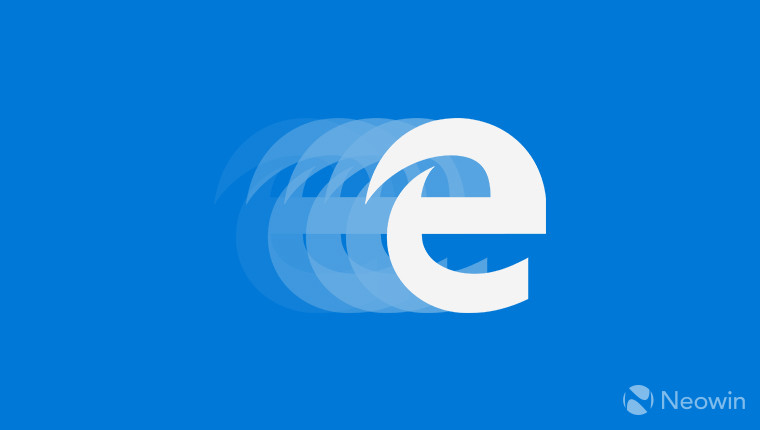
Security researcher Manuel Caballero discovered a flaw in Microsoft’s Edge browser, which would allow an attacker to steal password and cookie data from your computer. The flaw has to do with Edge’s Same Origin Policy (SOP), which prevents such data from one domain being used by another. The issue is as of yet unpatched, with Caballero pointing out Microsoft’s slow update pace for its browser in comparison to Mozilla Firefox and Google Chrome.

Though its update policy is admirable, Google’s patent this week might be edging on rather creepy. The Mountain View giant was revealed to be in possession of a patent for an infrared ceiling sensor. This would essentially “watch” you while you sleep, monitoring your vitals and tracking your sleep.

In less disturbing Google news, more information emerged regarding the firm’s mysterious third OS codenamed Fuchsia. The info dump revealed the GUI – codenamed Armadillo – for the first time, along with improvements to multitasking as well as a pretty serious reshuffling of the overall homescreen experience.
As interesting as it does sound, it’s still a long way away, so the best we can do right now is prepare for the upcoming Android O beta.

This mad trek through tech of ours ends this week on a high note, with the announcement that beloved kids show Mister Rogers’ Neighborhood would be broadcast on Twitch in its entirety, during an 18-day marathon. You’ll be able to enjoy all 886 episodes starting May 15 at 12 PM PT.
And really, who wouldn’t want to relax with this in the background after the roller coaster of ups and downs in this week’s tech world?
Bonus content
Before leaving you alone to enjoy your weekend, here are a couple more things on the site that you might enjoy.
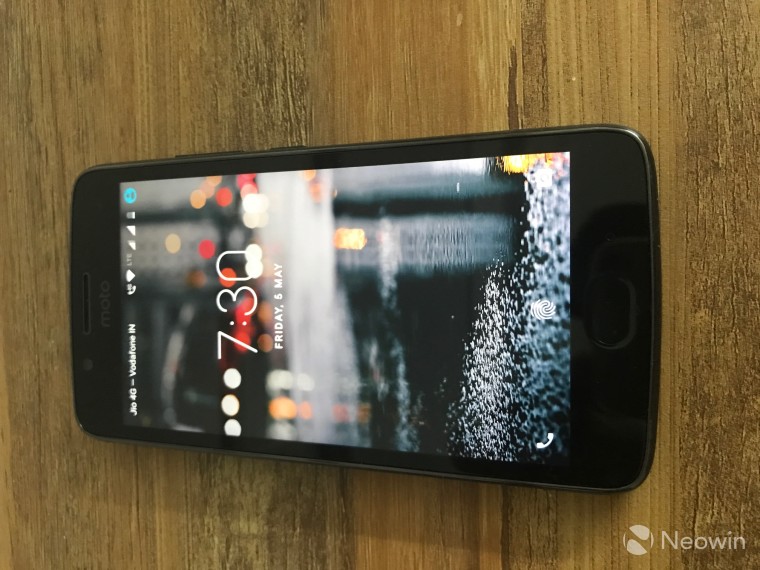
Gurkaran got his hands on with the Moto G5, a decent little Android handset, but with some equally little quirks. Be sure to check out his full review over here.

Last but not least, Robbie took a look at the Exynos variant of Samsung's Galaxy S8+ flagship. Be sure to check out his full review here.
Be sure to stick around on Neowin in the coming days, as there's never a shortage of exciting tech news, lots of updates, and plenty of insights from around the world of technology.
For now, though, there’s lots more to read across the site – including all sorts of interesting discussions over on our forums. If you're not yet a Neowin member, it's quick, easy and free to register - and you'll also see fewer ads on the site when you're logged in!
From all of us
on the Neowin team,
have a great weekend!

















2 Comments - Add comment